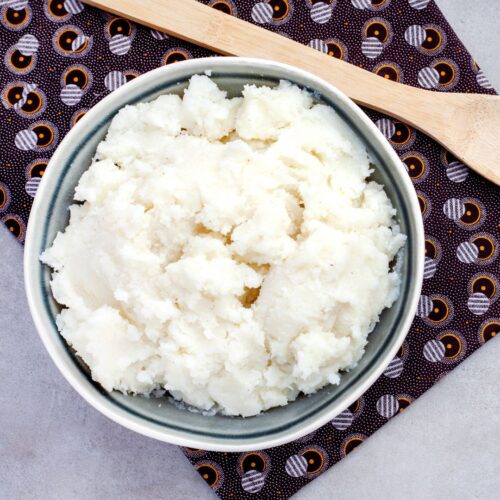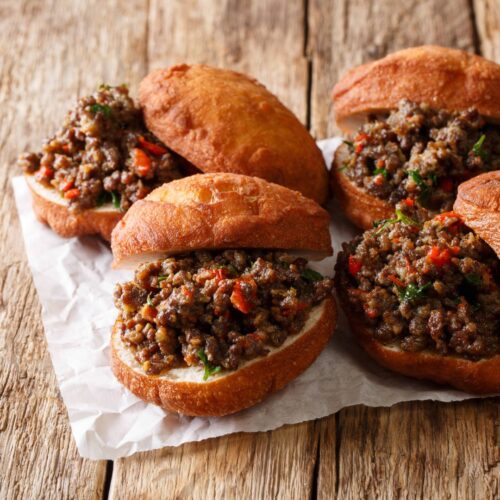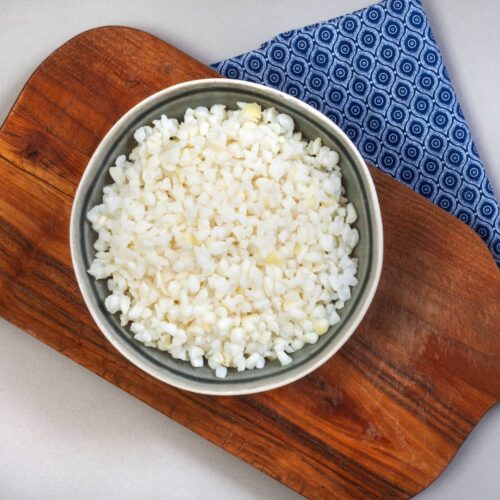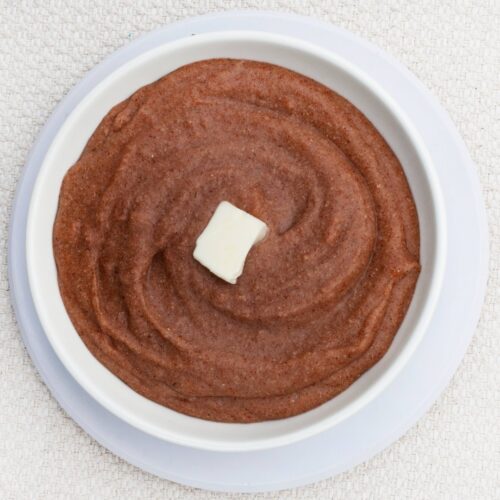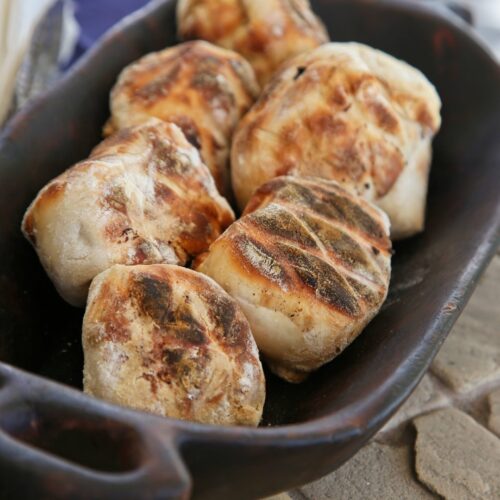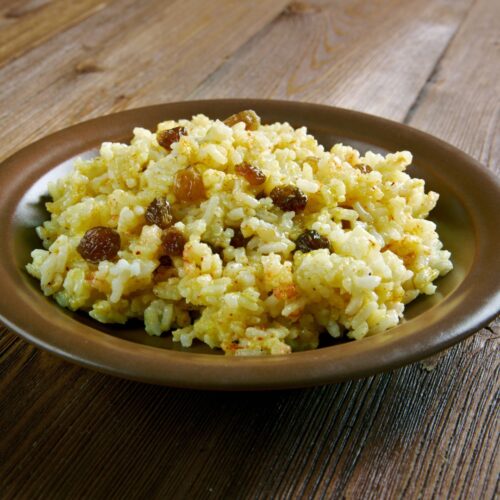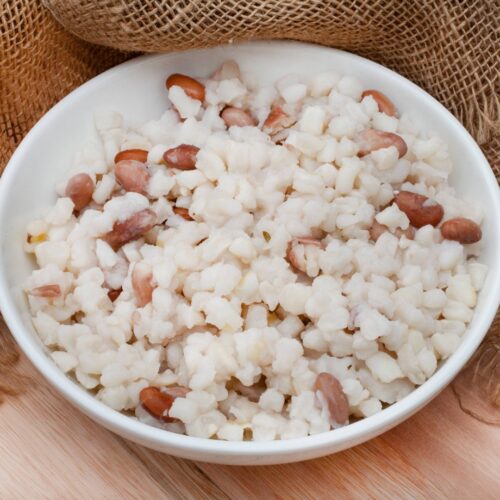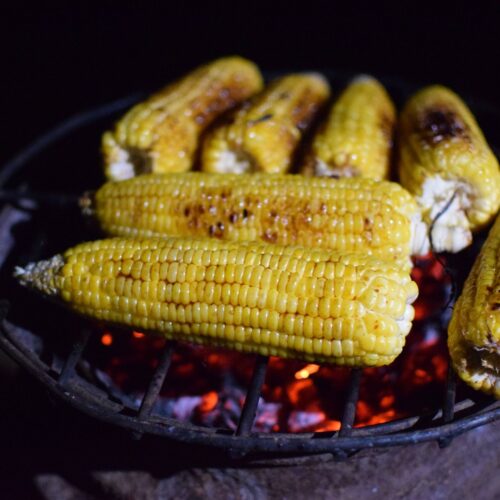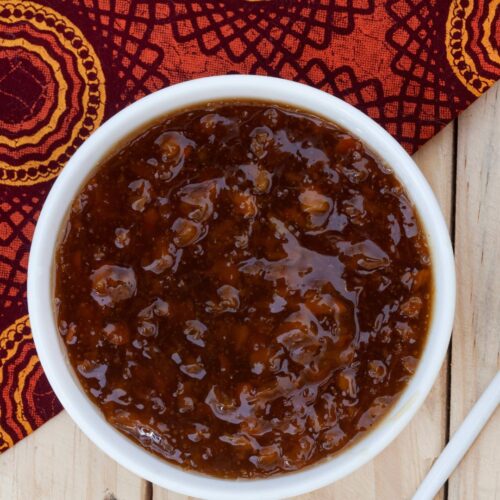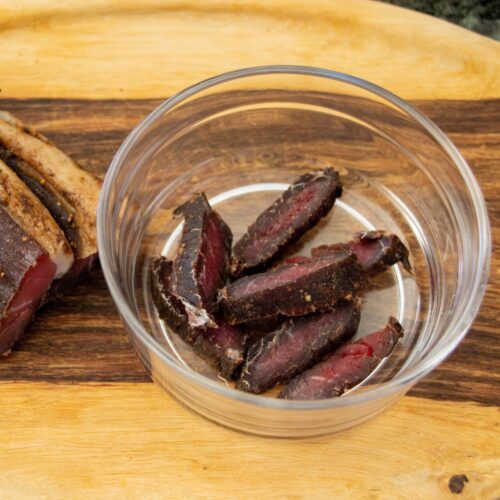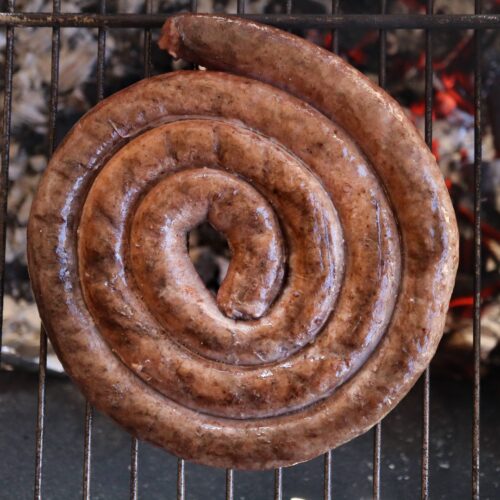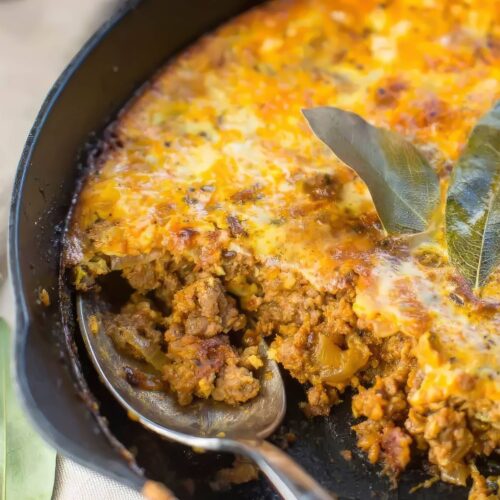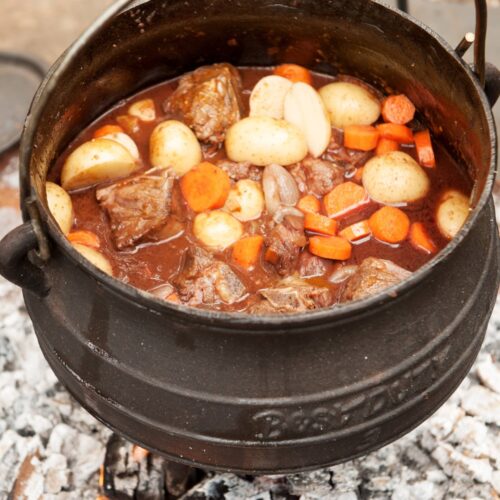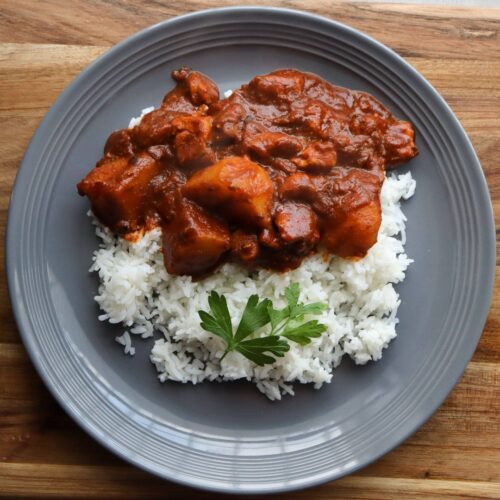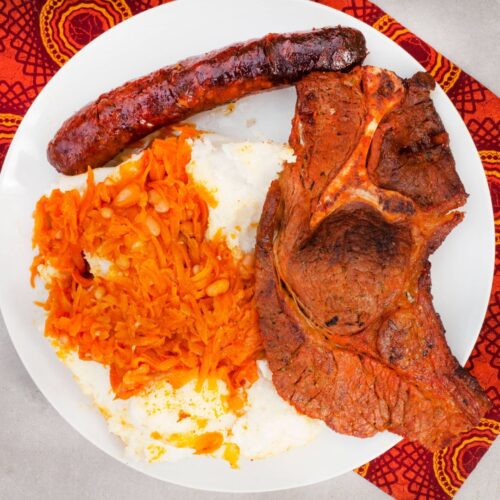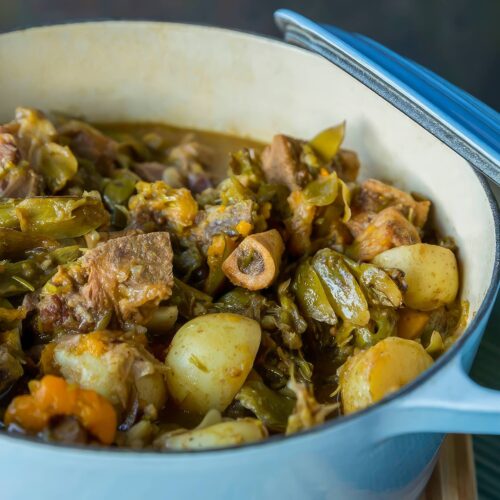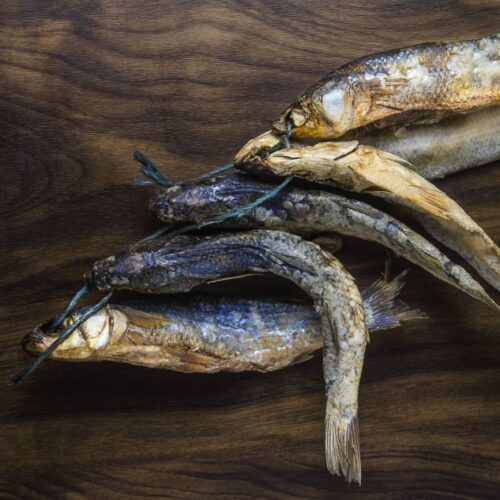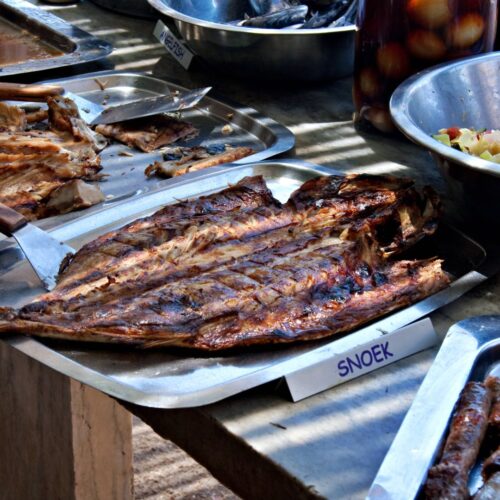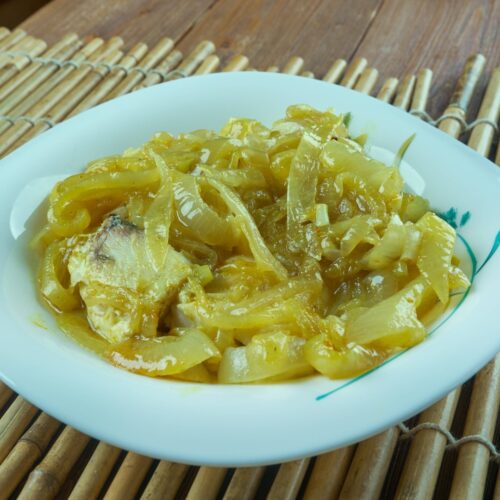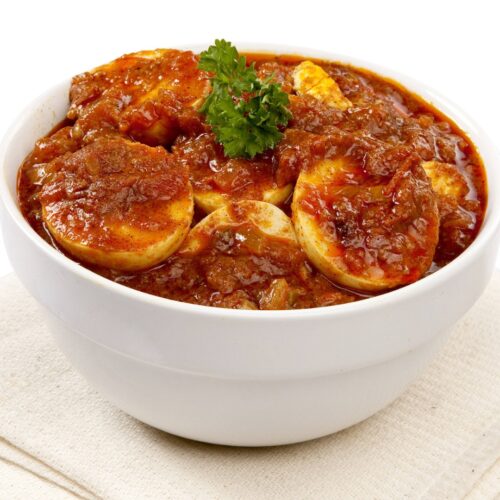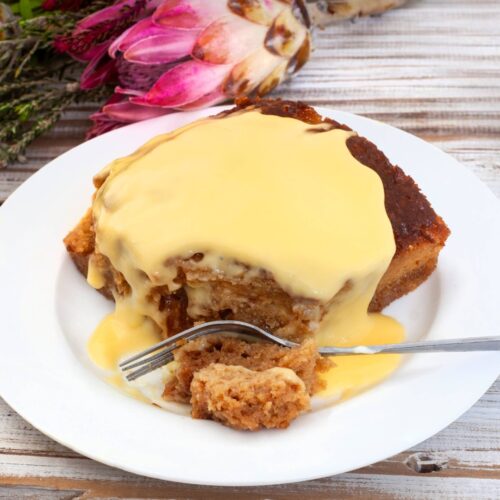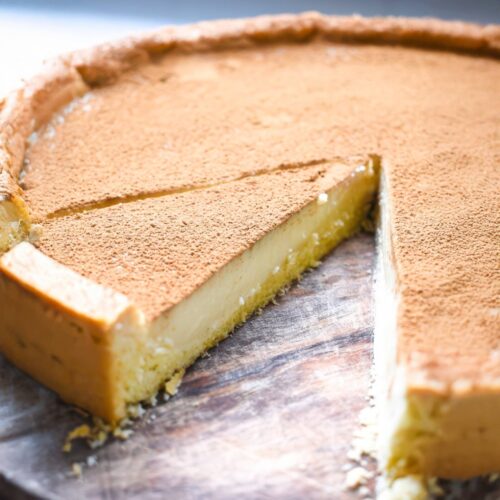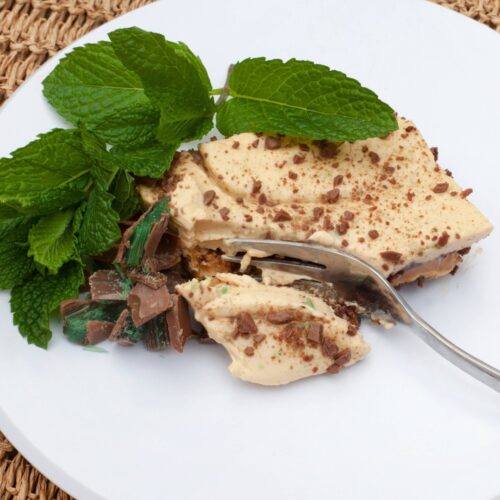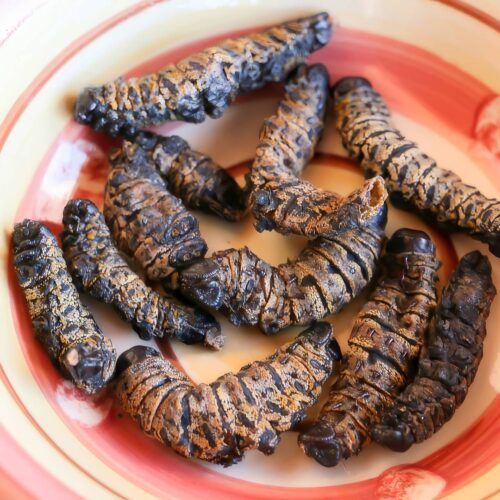South Africa is a stunning, complex nation at southern tip of Africa. A place of extraordinary diversity, known as the “Rainbow Nation” with 11 official languages and communities of Black African, White, Coloured, and Indian populations…
South African food: discover traditional cuisine
5 least similar countries by ingredients
Country Food Similarity Index https://objectivelists.com/country-food-similarity-index/
Other tabs are just a click away
The average Southern African daily plate size is
1278 g.
Grains
Fish and seafood
Produce
Eggs and dairy
Meats
Sugar, fats and nuts
Core ingredients
Herbs
BAY LEAVES
CURRY LEAVES
THYME
PARSLEY
CILANTRO
AFRICAN BASIL
Spices
CORIANDER
TURMERIC DRY
CINNAMON
CLOVES
BLACK PEPPER
DRY CHILI
CUMIN
GREEN CARDAMOM
MUSTARD SEEDS
FENNEL SEED
Aromatics
ONION
GARLIC
CHILI PEPPERS
GINGER
BELL PEPPERS
LEMON
TOMATO
Condiments
DRIED FISH/SEAFOOD
TAMARIND
COCONUT MILK
FERMENTED BEANS
WINE VINEGAR
HONEY
Grains
PAP – a staple dish made from finely ground maize meal, cooked into a porridge-like consistency. It can be soft, crumbly (stywe pap), or smooth (slap pap). Often served as a side dish with meat, stews, or tomato-based sauces.
VETKOEK/AMAGWINYA – deep-fried dough, sometime called fat cake, made from flour and yeast, filled meat, tuna, curried minced meat, cheese, syrup. A popular street food across South Africa.
BUNNY CHOW – a hollowed-out loaf of white bread filled with spicy curry, often chicken, lamb, or beans.
SAMP – a dish made from dried corn kernels that are stamped and chopped until broken, but not as fine as maize meal. Often cooked with beans to make umngqusho, a dish particularly associated with Xhosa cuisine. Nelson Mandela’s favorite food.
MABELE PORRIDGE – similar to pap but made with sorghum meal.
ROOSTERBROOD/ROOSTERKOEK – grilled bread rolls cooked on an open fire.
MOSBOLLETJIES – a sweet bread made with grape must or aniseed.
GEELRYS – yellow rice with raisins, a classic side dish.
Produce
SAMP AND BEANS/UMNGQUSHO – coarsely ground corn kernels (samp) cooked with beans and flavored with butter, onions, and spices. Hearty main meal. Served alongside braised meat or morogo (wild spinach).
CHAKALAKA – vegetable dish and also a fairly spicy relish. Made of beans, onions, peppers, carrots, and a unique blend of spices to create a punchy side that is great alongside meat.
ROASTED MEALIES – fresh corn on the cob, grilled over an open flame until charred and tender, often enjoyed with a sprinkle of salt or butter, a popular street food.
FRUIT CHUTNEYS – ondiments made by simmering local fruits like apricots, peaches, or mangoes with sugar, vinegar, and spices to create a sweet and tangy preserve. Served with meats and curries.
PAMPOENKOEKIES – pumpkin fritters, either savory or sweet.
Meats
BILTONG — dried meat (seasoned with coriander seeds and salt). Although it’s commonly beef, different variants also exist using springbok, kudu, eland, chicken, and ostrich. Biltong is first cured in vinegar, then air-dried and cut into strips. Usually eaten on its own as a snack, or it can be added to other meals like potjiekos.
BOEREWORS — a minced sausage, that contains no less than 90% of meat, which is usually grilled. Spiced with nutmeg, coriander, cloves, lamb or pork fat. Served with roosterkoek bread roll.
BOBOTIE – minced meat lamb or beef, with onions, milk-soaked bread, and dried fruit, usually raisins or sultanas, flavored with turmeric, cumin, curry powder. All is topped with an egg and milk mixture and baked, served with yellow rice.
POTJIEKOS – a one-pot stew of meat, carrots, cabbage, cauliflower, or pumpkin, rice or potatoes, all slow-cooked with Dutch-Malay spices. Other ingredients include fruits and pasta. The dish is cooked in layers and should not be stirred until it’s ready to be eaten.
CAPE MALAY CURRY – is a distinctive chicken, lamb or beef curry developed by descendants of enslaved people and political exiles from Indonesia, Malaysia, and other parts of Southeast Asia, brought to the Cape by Dutch colonists in the 1600s. Unlike Indian curries, it often includes fruit (raisins or apricots) and sugar. It typically uses cinnamon, cardamom, coriander, turmeric, ginger, and cloves, but not much chili—it’s fragrant rather than fiery. The sauce is usually based on onions and tomatoes, no cream or coconut milk and is served with rice.
BRAAI/SHISA NYAMA – meaning “burn meat”, or grilled meat over an open fire – boerewors, lamb chops, beef, chicken.
DENNINGVLEIS – a sweet and sour slow-cooked lamb stew with tamarind, garlic, onions, allspice, bay leaves, sugar, pepper, and vinegar.
WATERBLOMMETJIE BREDIE – a stew featuring waterblommetjies (Cape pondweed flowers) cooked with lamb, potatoes, and spices.
Sugar, fats and nuts
MALVA PUDDING – a baked dessert from flour, soda, milk, butter, eggs, and the key ingredient, apricot jam. The pudding is topped with a rich sauce made from cream, butter, sugar, and vanilla.
KOEKSISTERS – fried pastry coated in sweet syrup. A crunchy street food dessert.
MELKTERT – sweet, creamy milk tart dusted with cinnamon. A dessert with Dutch origins.
PEPPERMINT CRISP TART – a layered dessert of biscuit, caramel, whipped cream, and peppermint chocolate bars.
Bizzare dish
MASHONJA/MATAMANI/MOPANI WORMS – a staple source of protein and nutrients for many rural communities in Southern Africa, a delicacy in Limpopo, and a scary thought for many Europeans. South Africa trades 1,6 million kilograms of mopane worms annually, and dried mopane worms have become a multi-million rand industry (source).
The caterpillars are hand-picked by mostly women and children straight from the trees in the Mopane woodlands. Once collected, somebody gets a job of squeezing the gut out of the caterpillars before they are sundried, which preserves them until the next harvest. The tasty worms can be eaten crispy as a snack, or can be drenched in sauce, or added to maizze porridge. Most people prefer to fry the worms with a combination of tomatoes, garlic, peanuts, chillies, and onions. Mopane worms can also be added to a stew, boiled to soften them up, or simply eaten raw and fresh off a tree.
